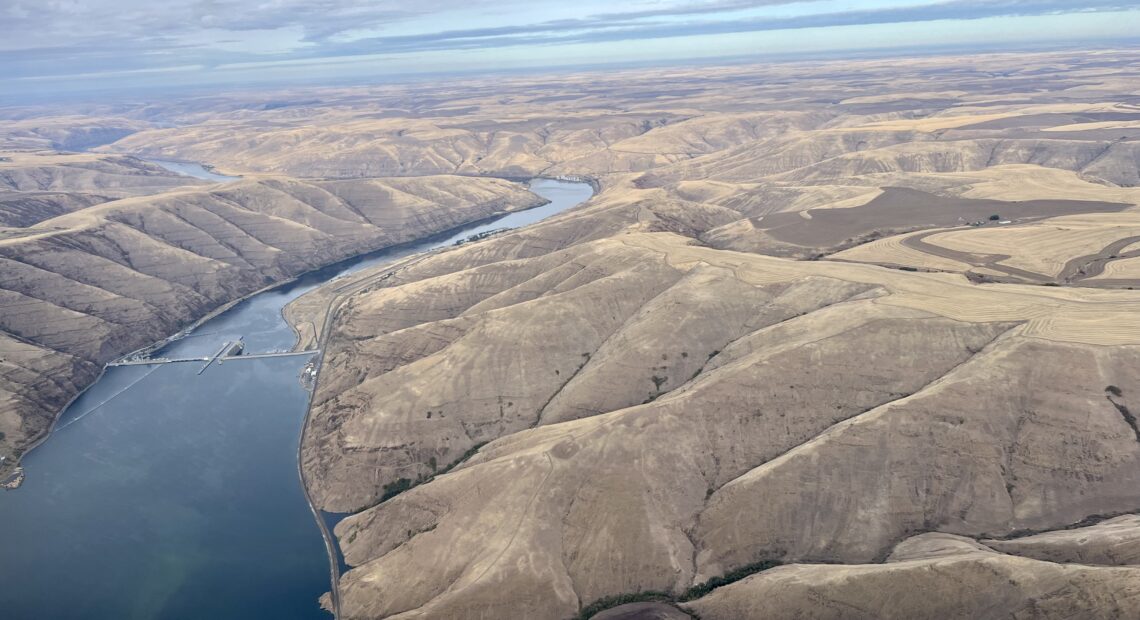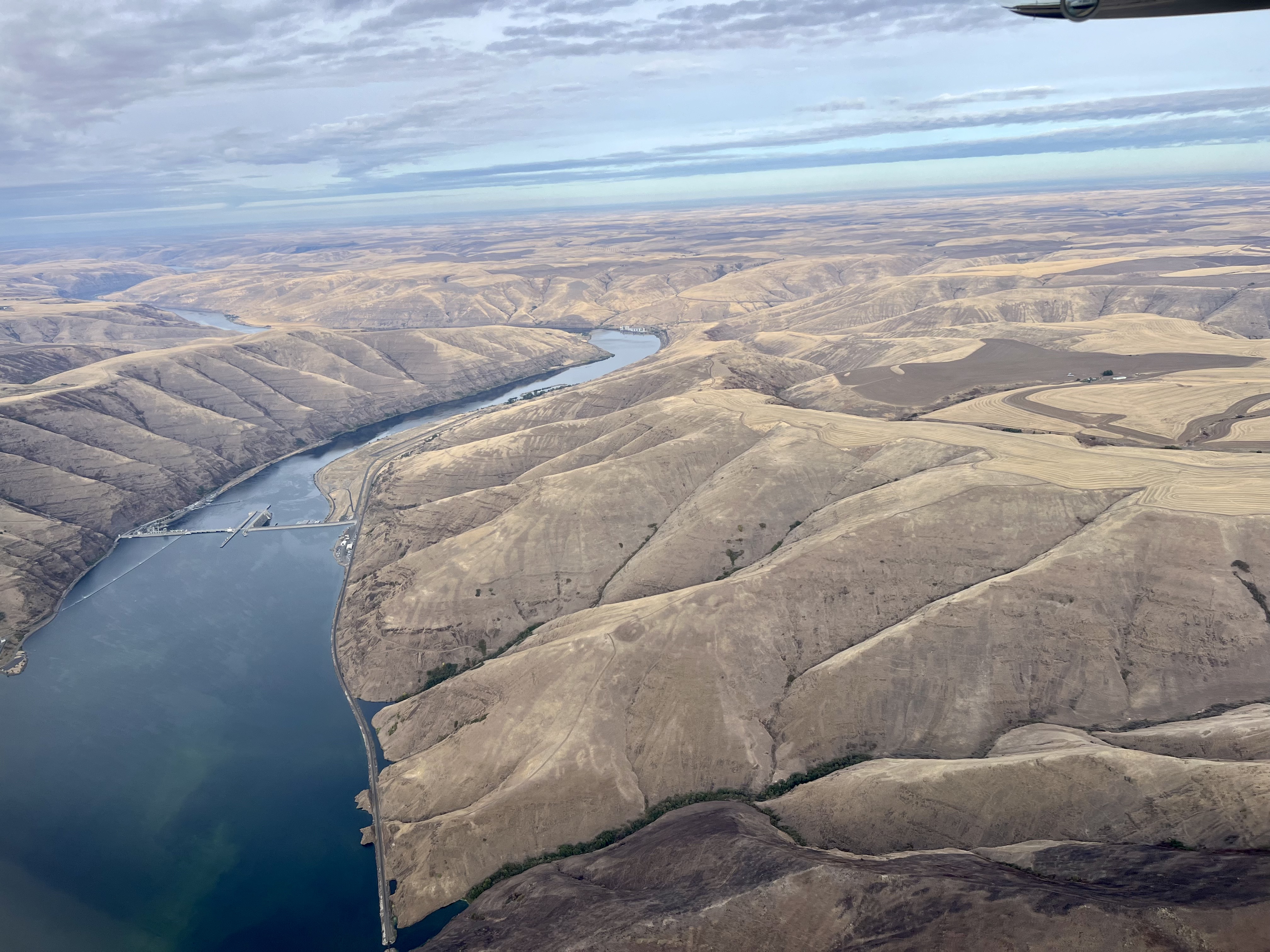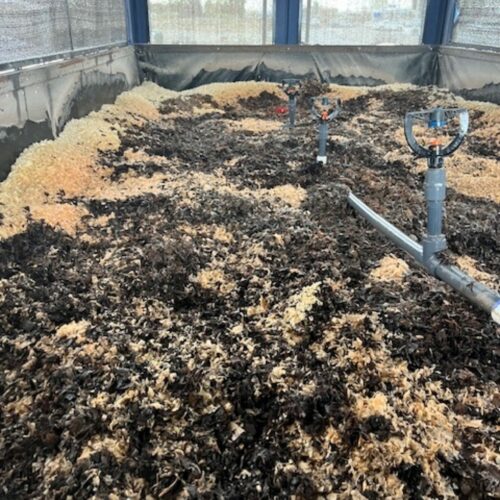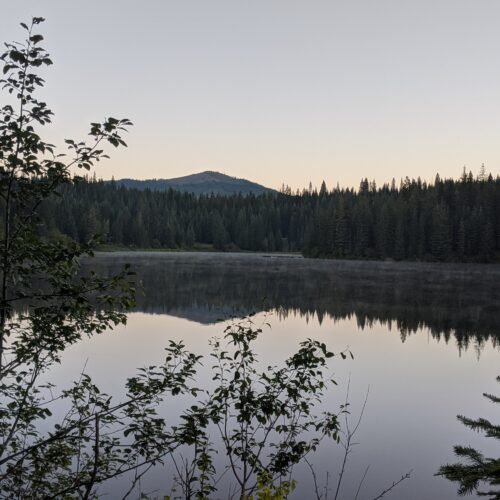
Snake River toxic algal bloom warnings lifted
Listen
A large algal bloom on the Snake River officially has died off. The toxic algae stretched about 30 miles along the river this past fall.
(Runtime 0:53)
Read
After nearly three months, the Whitman County Health Department has lifted its alert for the large algal bloom that spanned parts of the Snake River in eastern Washington. The neon-green scum could be seen from the air – and emitted a pungent smell from the ground.
Maddy Lucas, with the Health Department, collected samples this fall.
In an earlier interview she said, “In the areas where this scum is thick, it’s this neon-green milkshake consistency across the river and it smells pretty awful.”
To lift its health advisory, the Department needed to collect two consecutive samples below toxicity levels. The first sample that tested below toxicity levels happened in late December.
Water sampling initially identified the bloom in September. This bloom was the first large bloom that health department officials said they had seen on the Snake River.
High concentrations of the toxic algae can cause liver damage in people and pets, which meant everyone had to stay out of the water. The toxins also accumulate in fish so officials suggested people be careful when selecting where they fished if they were consuming their catch.
“Residents and visitors are still advised not to recreate in active blooms,” according to a news release from the Department, “and to report them to the Washington State Department of Ecology if they are observed.”
Health departments around Washington reported more harmful algal blooms than usual this past summer and fall. Officials say high nutrient runoffs and warm, stagnant waters contribute to increasing algal blooms. The problem is expected to worsen as the climate continues to change.
In an earlier interview, department officials said they planned to prepare more extensive sampling to monitor for future toxic algal blooms.
















